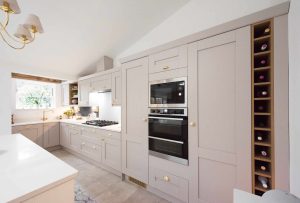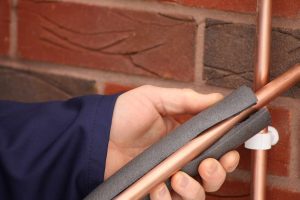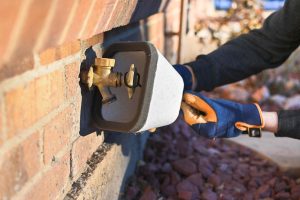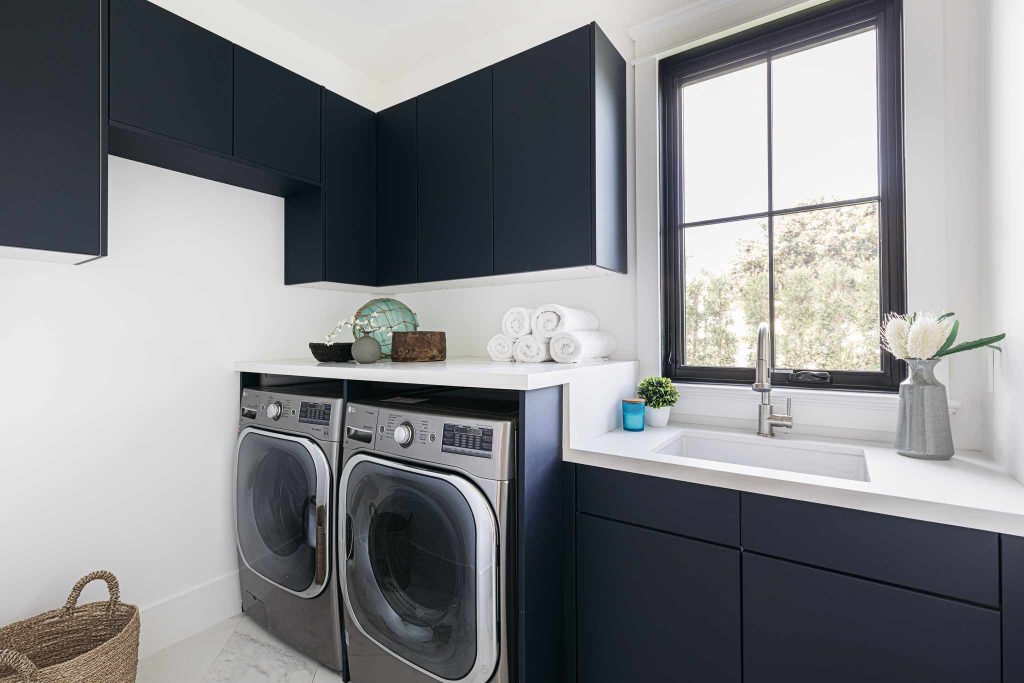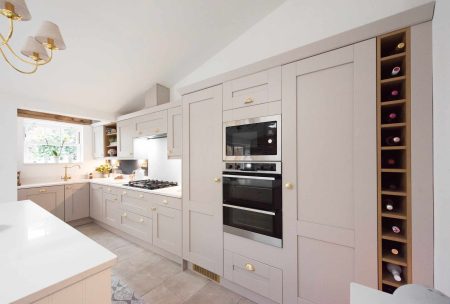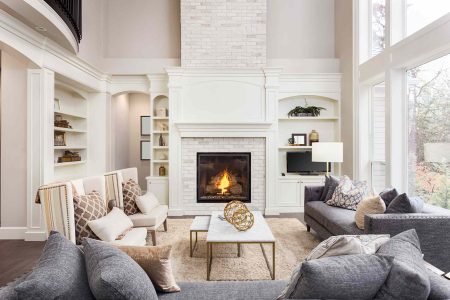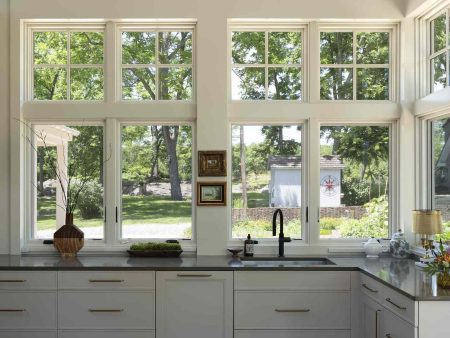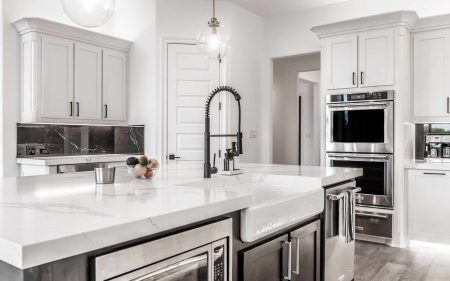A laundry room should be one of the most functional and workable rooms in your home. Ideally, the area should have plenty of natural or artificial light, counter space to sort and fold clothes, secure storage for laundry products, and adequate space for all laundry equipment. Hiring a designer or interior architect to design your laundry area can help maximize your space for efficiency. Whether you are building a new home or remodeling, there are some specifications and dimensions that you should keep in mind as you design your laundry room.
What People Want in a Laundry Room
According to a 2019 National Association of Homebuilders (NAHB) consumer preference survey, 95 percent of new homeowners request a separate laundry room. And, 61 percent of laundry rooms are being built on upper levels rather than first floors or basements.
The NAHB survey shows that homeowners want an expanded, multi-functional work area in the laundry room. Many new homes incorporate the laundry area into an entry mudroom that is used for storage and pet care. Built-in ironing boards and solid-surface counter spaces for laundry care, sewing, crafting, and gardening are popular, as is built-in storage. If there is no budget allowance for custom cabinets, free-standing storage cabinets will work well. Either type can be used to both store detergent and other cleaning supplies, as well as to conceal small appliances and equipment.
Homeowners also request a laundry room sink that can be used to soak stained clothes, wash the dog, and handle messy clean-up jobs.
No matter how much you love or hate your current washer and dryer, you will replace them someday. Don’t customize the laundry room design to the appliance units you have now. Instead, leave extra space beside and above appliances. Customized cabinets built around your appliances are great, but if you move often, the next buyers may not find them suitable for their machines.
Space Specifications for Washers and Dryers
Washers and dryers placed side by side typically require a horizontal space of 60 inches or five feet. Measure the depth of the appliances (most are around 33 inches) and add six inches for hoses and venting. Allow one inch on each side and between appliances to reduce noise from vibrations. If you have a top-loading washer, there should be 16 to 18 inches of clearance above the washer to open the door.
Stacked washer and dryers and combination units required a vertical clearance of 60 to 76 inches and a horizontal clearance of 24 to 30 inches. Measure the depth and allow six inches for hoses, venting, and air circulation. You can compare washer and dryer features and sizes by reading reviews and profiles online to help you plan cabinet sizes.
Always, be sure that the doors to your laundry room and access hallways and stairs, if involved, are wide enough to accommodate the moving of appliances. A width of 45 inches is needed to make a 90-degree turn. Laundry room doors should be at least 32 inches wide; wider is even better. A pocket door works well because it takes up no floor or wall space when open. If you have mobility issues or cannot stand for long periods of time, you might also consider some modifications for the laundry room for aging in place or handicapped access.
Dimensions for Work Space in the Laundry Room
If you have front-loading machines, you should provide 48 inches of clearance in front of each appliance to provide room to walk around open doors. Storage pedestals are great for storage and lifting front-loading machines to waist level. But the tradeoff is the lack of workspace on top of the machines. By skipping the pedestals, you can install the machines under a counter that will provide plenty of space for folding laundry.
Ideally, it is best to have 18 to 36 inches of free counter space on one side for your washer for pre-washing preparations like stain removal treatments.
Most standard lower cabinets are manufactured for a finished countertop height of 36 inches. This is comfortable for food preparation but may be too high for folding laundry, especially large items. A countertop or table that is more in the range of 30 to 34 inches is more comfortable.
Constructions Specifications for Laundry Rooms
Adding extra insulation to the walls and floor of the laundry room will help reduce noise pollution in other areas of the home. A floor drain is also great protection for the rest of the house in the event a washer hose breaks or the washer overflows. An automatic shutoff water valve is a wonderful addition to the laundry. It senses the electrical current draw from the washer and only opens the water supply when the machine is in use.
Of course, your plumber and electrician will have specifications for the water, electrical, and gas lines to keep your laundry room up to code in your area. Always use the right type of electrical connections and never use an extension cord. Plan dryer placement to keep the vent hose as straight and short as possible. You’ll have quicker and safer drying and reduce fire risks with shorter venting.
Read the full article here
